International
Former Peruvian president asks to be released from prison for cancer treatment
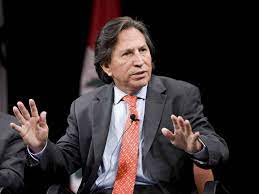
November 4 |
Former Peruvian President Alejandro Toledo requested Friday his release from prison to receive treatment for cancer, in his first intervention in the trial he faces for allegedly having received millions in bribes from Brazilian construction company Odebrecht.
“I ask you please, it has to do with the issue of my health, I ask you to let me defend myself in freedom (…) I have cancer,” pleaded Toledo, 77, his voice cracking as he addressed the court.
Toledo even suggested to be prosecuted “under house arrest” if he does not regain his freedom, according to the hearing broadcast by the Judicial Power channel, to which the press has no access.
The former governor (2001-2006) gave as an example the legal situation of two other former presidents who succeeded him, Pedro Pablo Kuczynski and Ollanta Humala, who are defending themselves in freedom in other trials derived from the Odebrecht mega-scandal in Peru.
Toledo remarked that it is “vital” to have access to a clinic to treat cancer. However, he did not specify what type of cancer he suffers from, although he pointed out that for the last 15 years he has been suffering from “serious illnesses” that were treated in the United States.
The former president has been held since April 23 in a small prison for former presidents east of Lima, where he is serving 18 months of preventive detention, after being extradited by the United States. Also in the prison are former presidents Alberto Fujimori (1990-2000) and Pedro Castillo (2021-2022).
Toledo began his trial on October 17 for allegedly receiving a bribe of US$35 million. The prosecution has requested 20 years and 6 months in prison for the alleged crimes of collusion and money laundering to the detriment of the State.
According to the indictment, the bribe allowed Odebrecht to win a concession to build a section of the Interoceánica Sur highway between Peru and Brazil.
Toledo denies the charges since in 2016 Brazilian Odebrecht revealed before the US justice system a corruption scheme at regional level to obtain public works.
The Odebrecht corruption scheme splashed four former Peruvian presidents. In addition to Toledo, prosecutors investigated Alan García (2006-2011), who committed suicide in 2019 before being arrested, Ollanta Humala (2011-2016) and Pedro Pablo Kuczynski (2016-2018).
International
Rubio rules out 2028 presidential bid if Vance runs
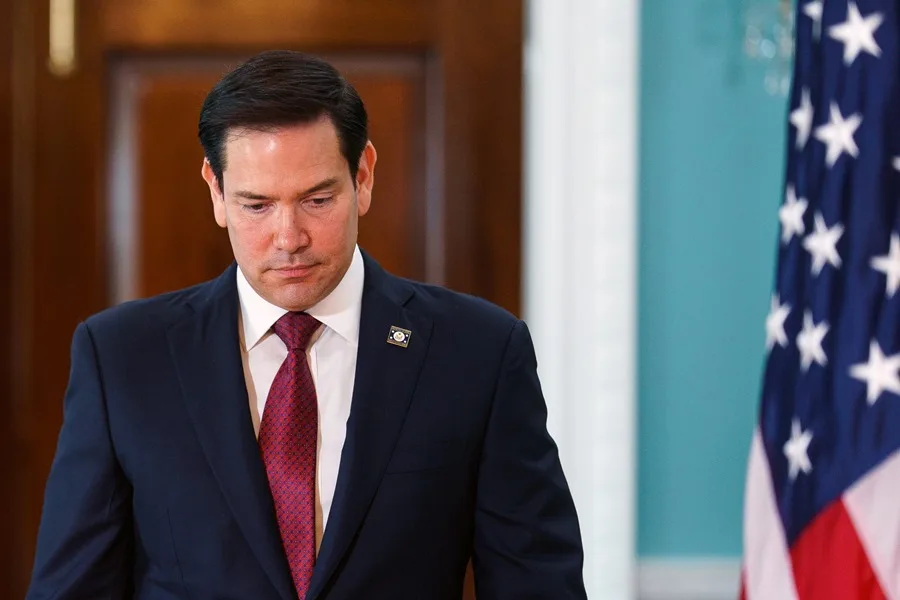
U.S. Secretary of State Marco Rubio said he would not seek the presidency in 2028 if current Vice President JD Vancedecides to run as the Republican nominee to succeed President Donald Trump.
“If JD Vance runs for president, he will be our candidate, and I will be one of the first people to support him,” Rubio said in an interview with Vanity Fair, in which he appeared alongside other senior members of the presidential cabinet.
Rubio, 54, and Vance, 41, are widely viewed as two of the leading Republican figures who could headline the party’s ticket in the 2028 election. Under the U.S. Constitution, Trump is barred from seeking another term after completing two presidential mandates.
In a lighthearted moment during the interview, Vance jokingly offered photographers $1,000 if they managed to make him look better than Rubio in the photos. Both leaders have received public backing from Trump, who last October floated the idea of a joint ticket featuring Rubio and Vance, without clarifying who would lead it.
“I think that if they ever teamed up, they would be unstoppable. I don’t think anyone would run against us,” Trump said at the time.
White House Chief of Staff Susie Wiles, who also took part in the interview, confirmed that Trump does not intend to violate the 22nd Amendment, which prohibits a third presidential term, though she acknowledged that the president is “having fun” with speculation about a possible return to office.
Rubio, the son of Cuban immigrants, served as a Republican senator from 2010 to 2025. He sought the party’s presidential nomination in 2016 but was defeated by Trump after a bruising primary contest. His name was floated as a potential vice presidential pick in 2024, but Vance ultimately secured the spot. After taking office, Trump appointed Rubio as secretary of state, making him the first Latino to hold the position.
International
Authorities search for armed and dangerous suspect in fatal Brown University attack
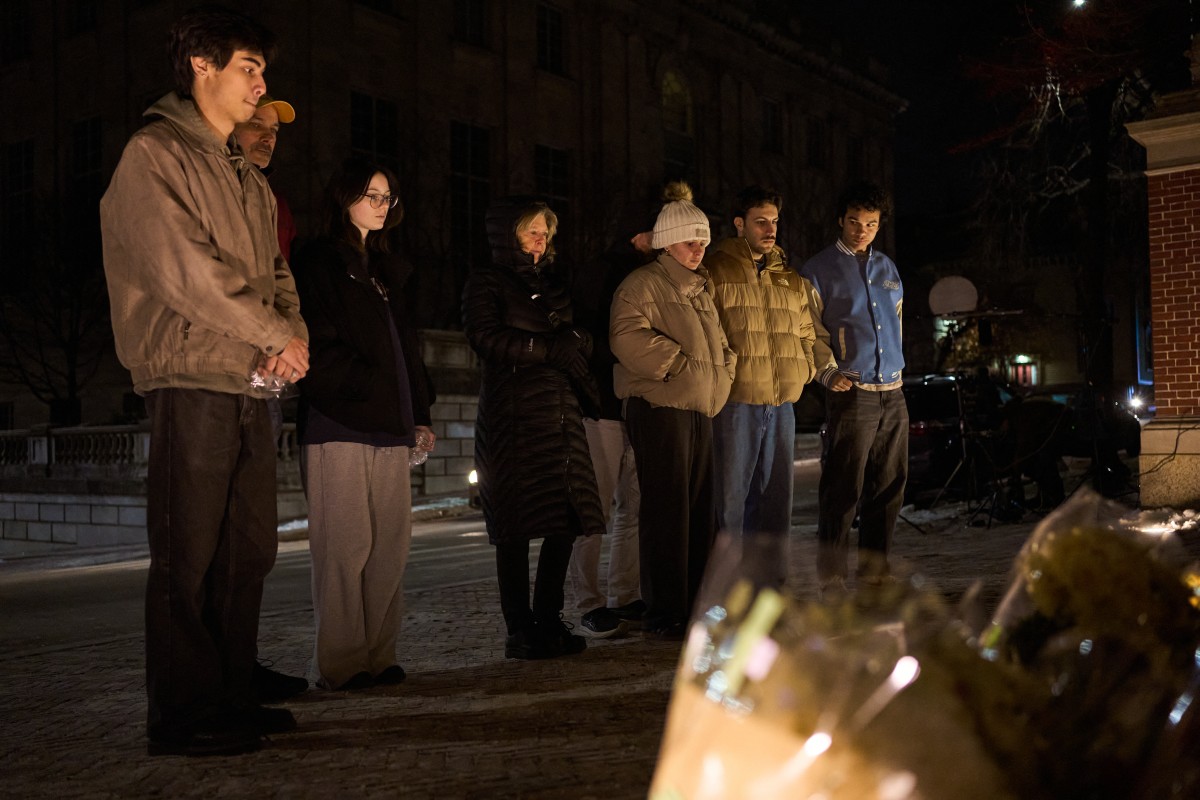
According to the statement, investigators are “seeking the public’s help to identify and speak with an individual” who was seen “near” the suspect at the time of the attack.
The Providence Police Department in Rhode Island released three photos of the person of interest, whose face has been blurred. In the images, the individual is wearing navy blue clothing, what appears to be a green hood, and carrying a light-colored backpack.
Earlier, authorities had released several photos and videos of a suspect described as “approximately 5 feet 8 inches tall, with a stocky build,” dressed in dark clothing, with their face covered by a surgical mask and wearing a beanie. The suspect’s identity remains unknown.
Authorities are offering a $50,000 reward for any information leading to the identification, arrest, and conviction of the person responsible for the killings, who is considered armed and dangerous.
The gunman opened fire on Saturday at Brown University’s engineering and physics building, where exams were being held, killing students Ella Cook and Mukhammad Aziz Umurzokov. The names of the nine people injured have not been released.
International
Police investigate deaths of Rob Reiner and wife as apparent homicide

The Los Angeles Police Department (LAPD) is investigating the deaths of Hollywood actor and filmmaker Rob Reinerand his wife as an “apparent homicide,” amid a wave of tributes to the director of classics such as When Harry Met Sally.
According to U.S. media reports on Sunday, Rob Reiner and Michele Singer Reiner were found dead at their Los Angeles mansion with what appeared to be stab wounds.
Several political figures shared messages of condolence following the reported deaths of the director of A Few Good Menand his wife.
While the LAPD did not officially confirm the identities of the victims, it stated that homicide detectives were dispatched to the Reiner residence.
“At this time, no additional details are available and the investigation into an apparent homicide is ongoing,” the Los Angeles Police Department said in a statement posted on social media.
LAPD Deputy Chief Alan Hamilton told reporters that no arrests have been made and that no individuals are currently being questioned as suspects.
“I’m not going to confirm whether anyone is being questioned at this moment or not. We are going to try to speak with as many family members as we can,” Hamilton said.
CNN reported that a family spokesperson confirmed the deaths of Reiner and his wife.
California Governor Gavin Newsom, former U.S. President Barack Obama, and former Vice President Kamala Harrisissued statements expressing their condolences.
-

 Central America4 days ago
Central America4 days agoPanama seizes over three tons of drugs hidden in Caribbean port container
-

 International3 days ago
International3 days agoPolice investigate deaths of Rob Reiner and wife as apparent homicide
-

 Central America3 days ago
Central America3 days agoOAS urges swift recount in Honduras as election results remain uncertain
-
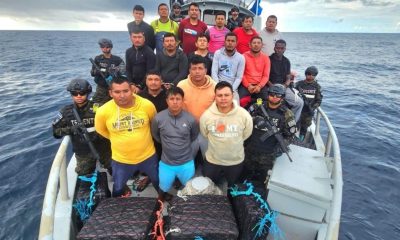
 Central America2 days ago
Central America2 days agoEl Salvador ranks among top countries in the Americas in fight against organized crime
-
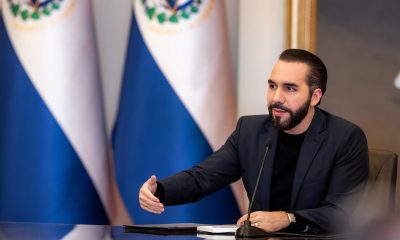
 Central America2 days ago
Central America2 days agoBukele says AI partnership with xAI will transform public education in El Salvador
-

 International5 days ago
International5 days agoU.S. and Mexico Reach Deal to Address Water Deficit Under 1944 Treaty
-
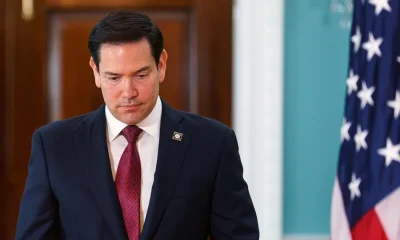
 International1 day ago
International1 day agoRubio rules out 2028 presidential bid if Vance runs
-

 Central America1 day ago
Central America1 day agoArrests and clashes in Tegucigalpa as vote count continues after Honduras election
-
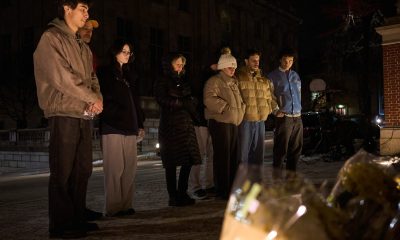
 International1 day ago
International1 day agoAuthorities search for armed and dangerous suspect in fatal Brown University attack


























